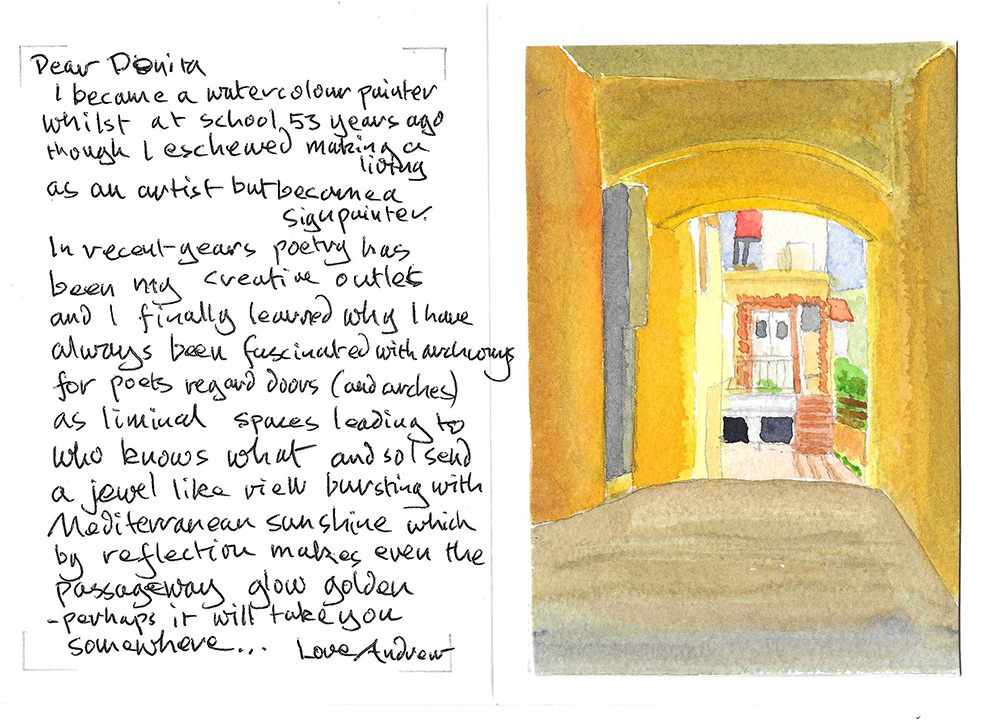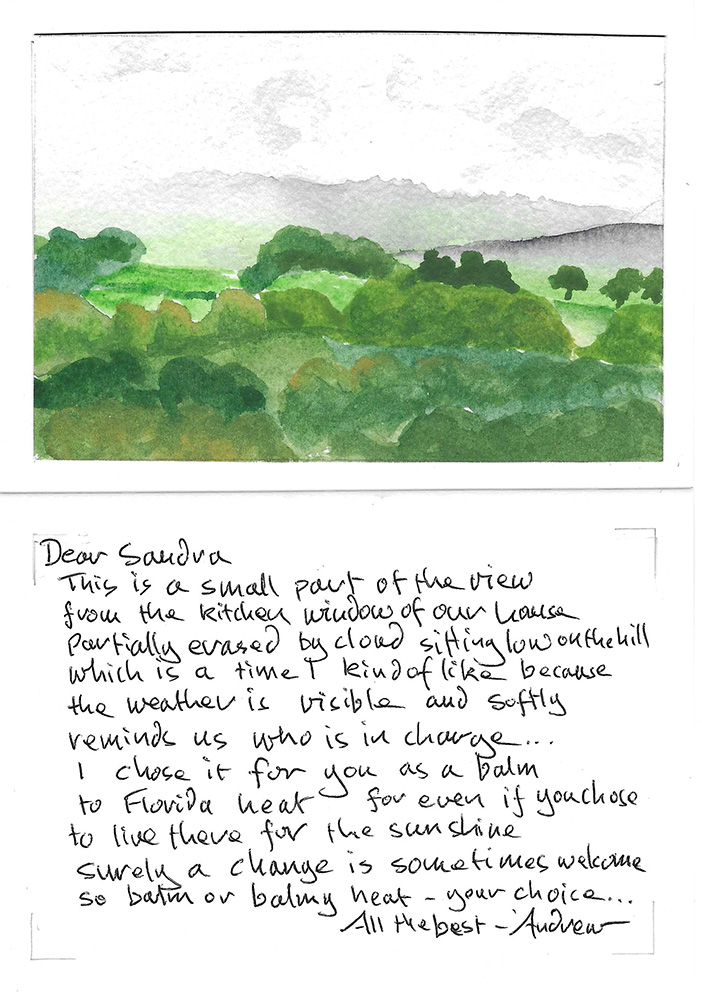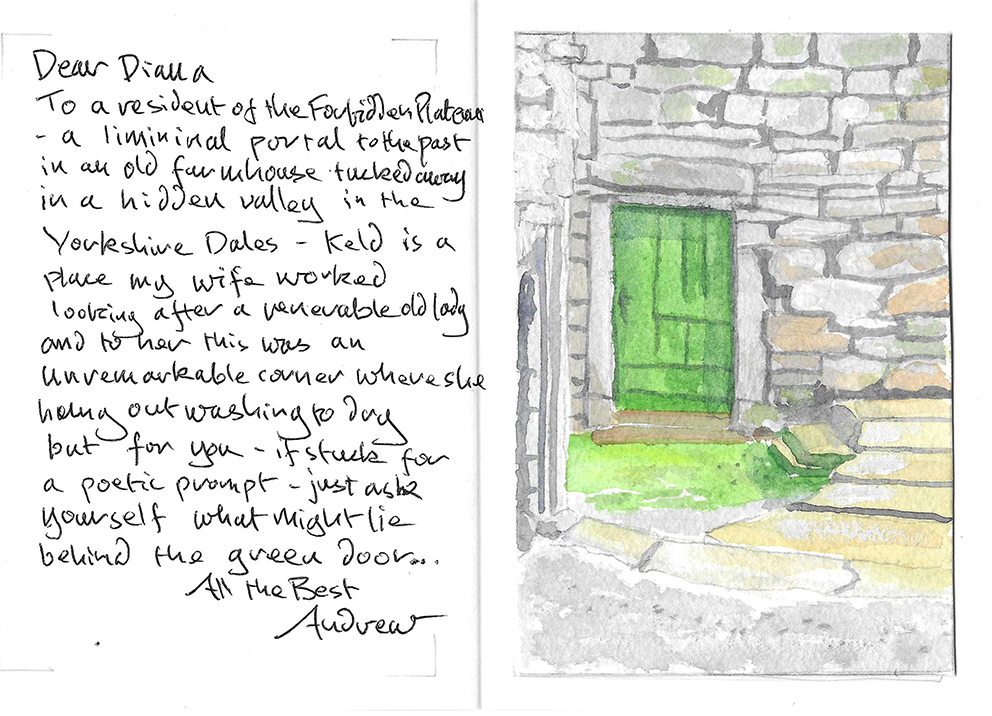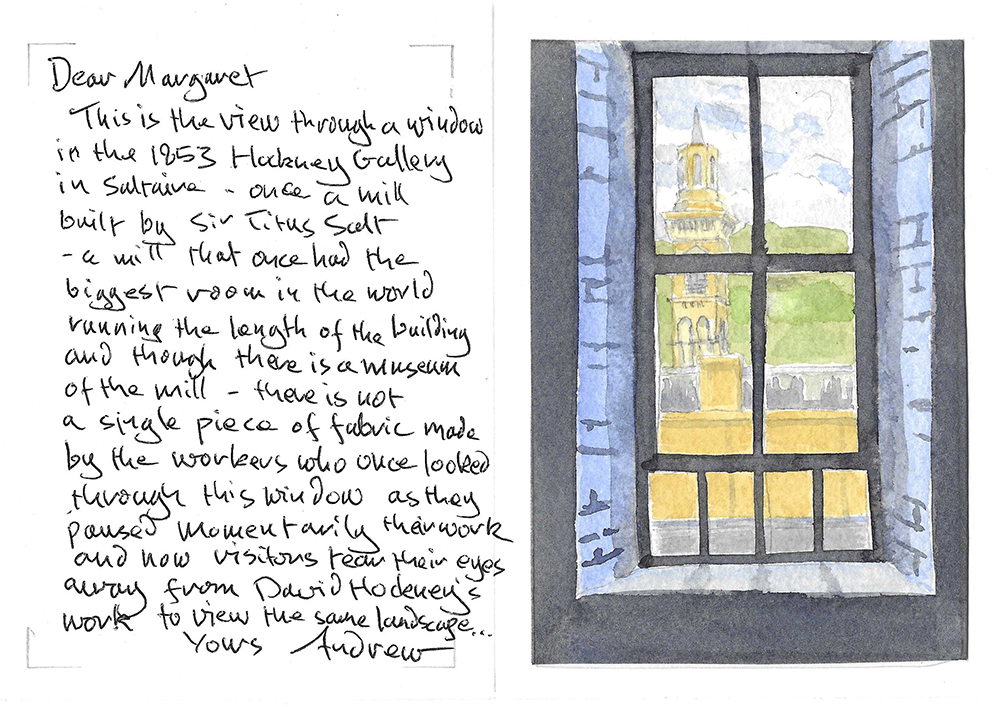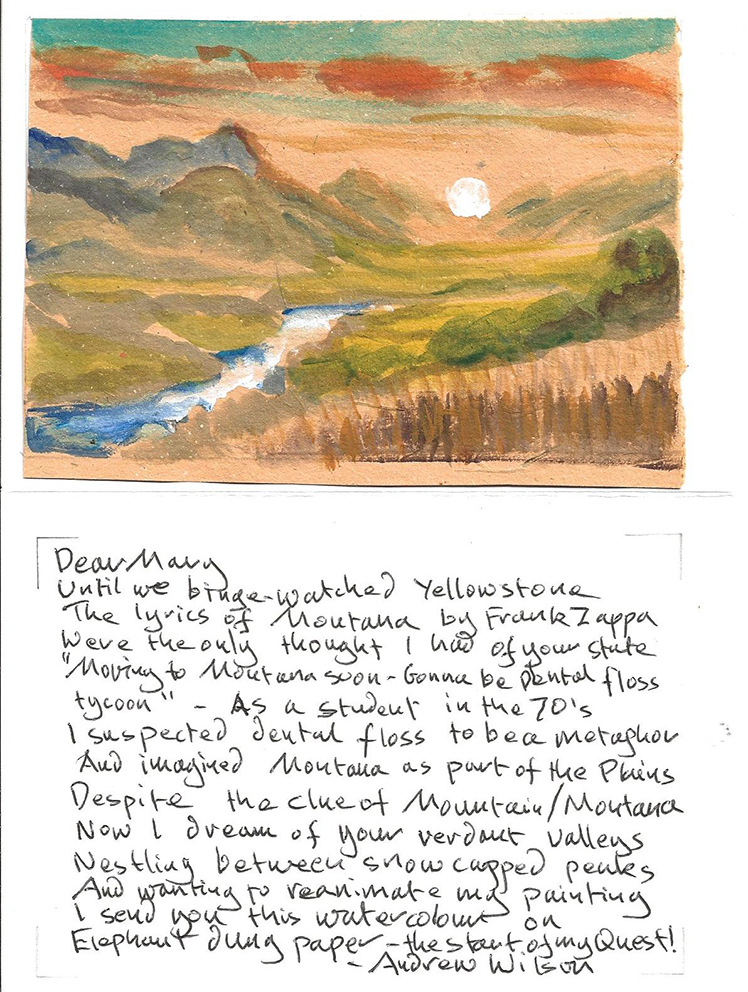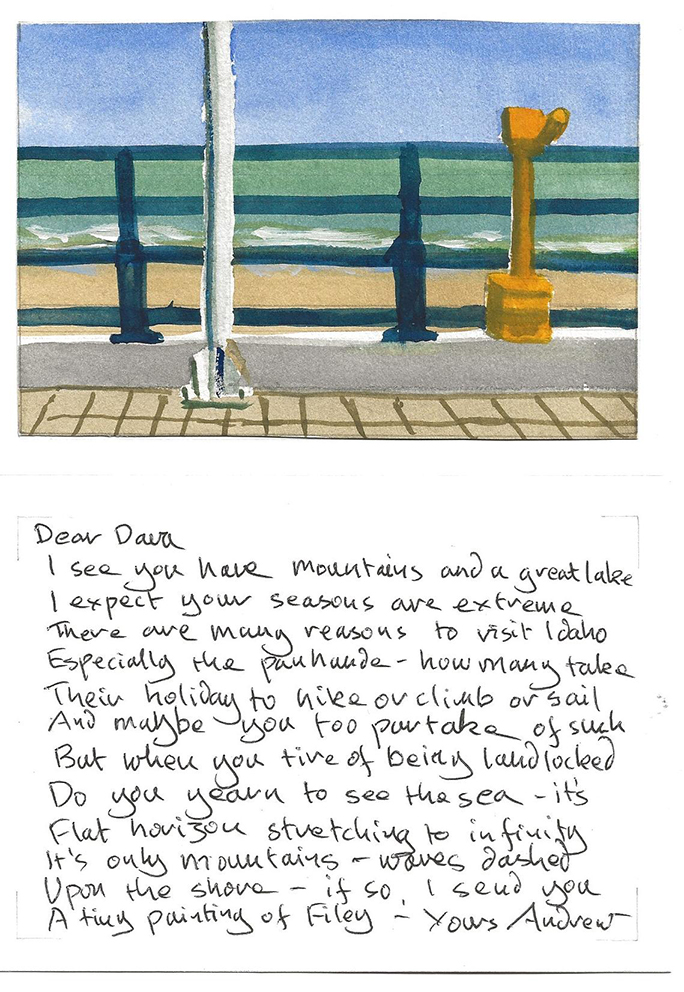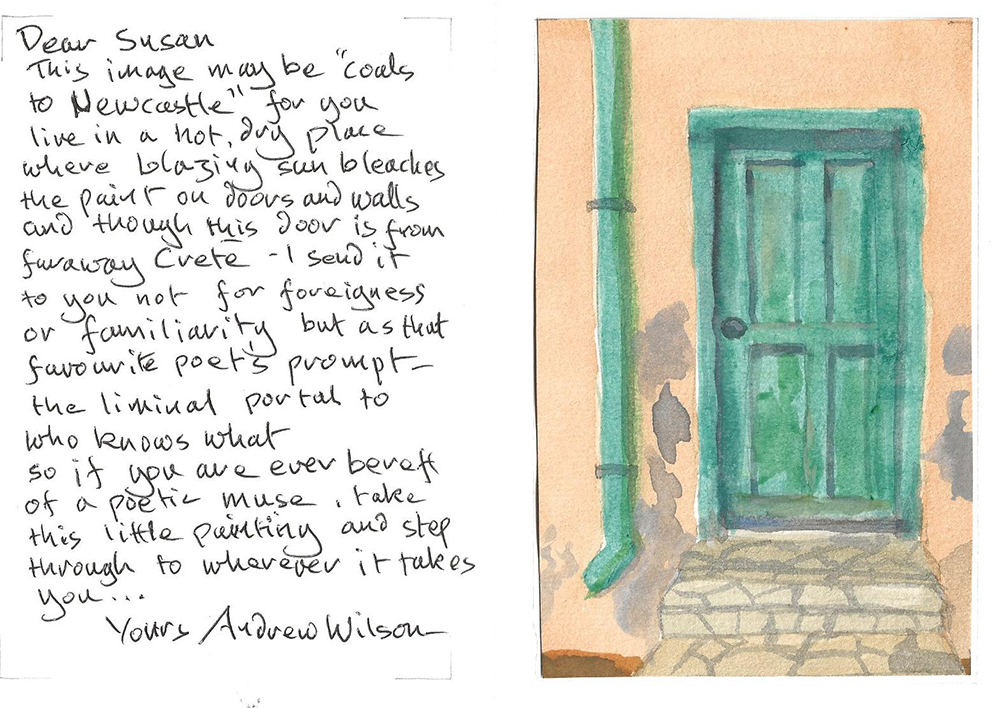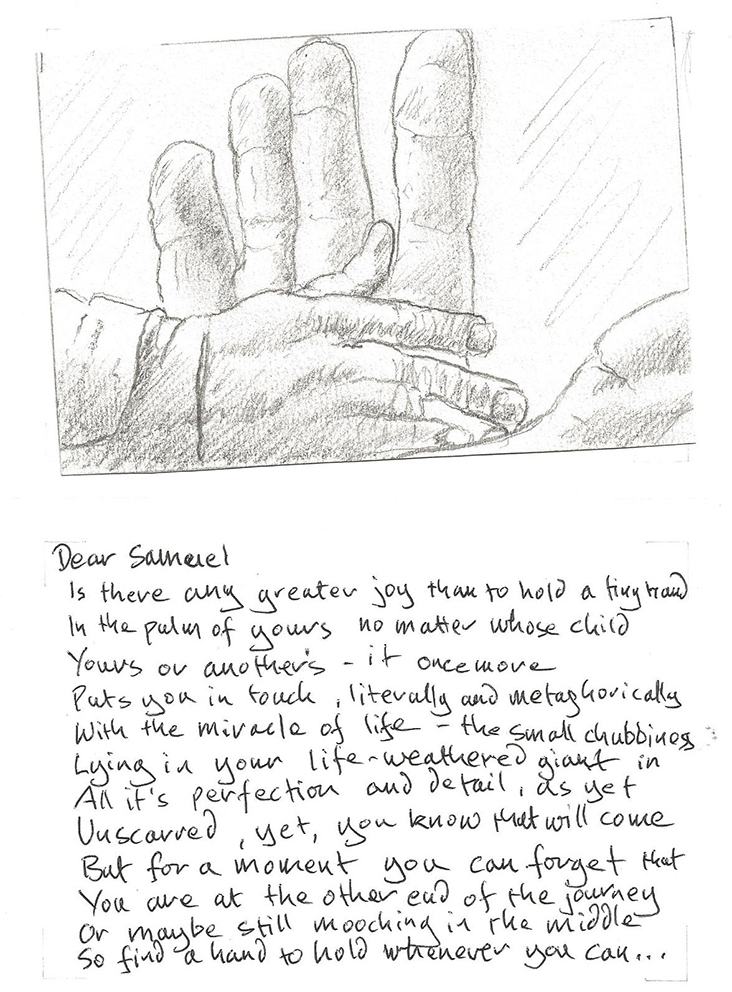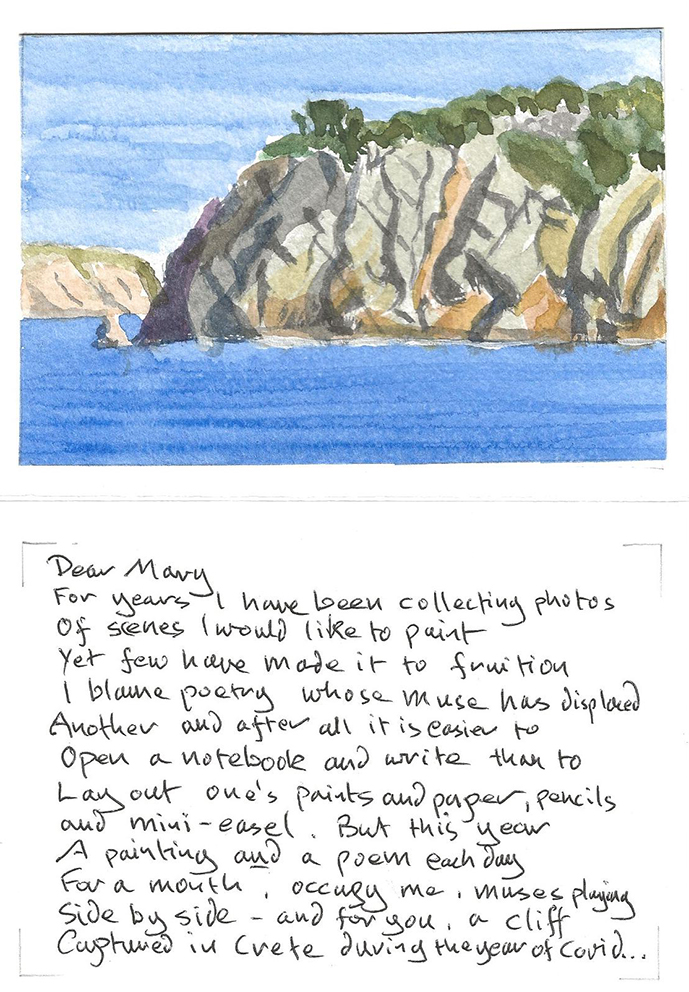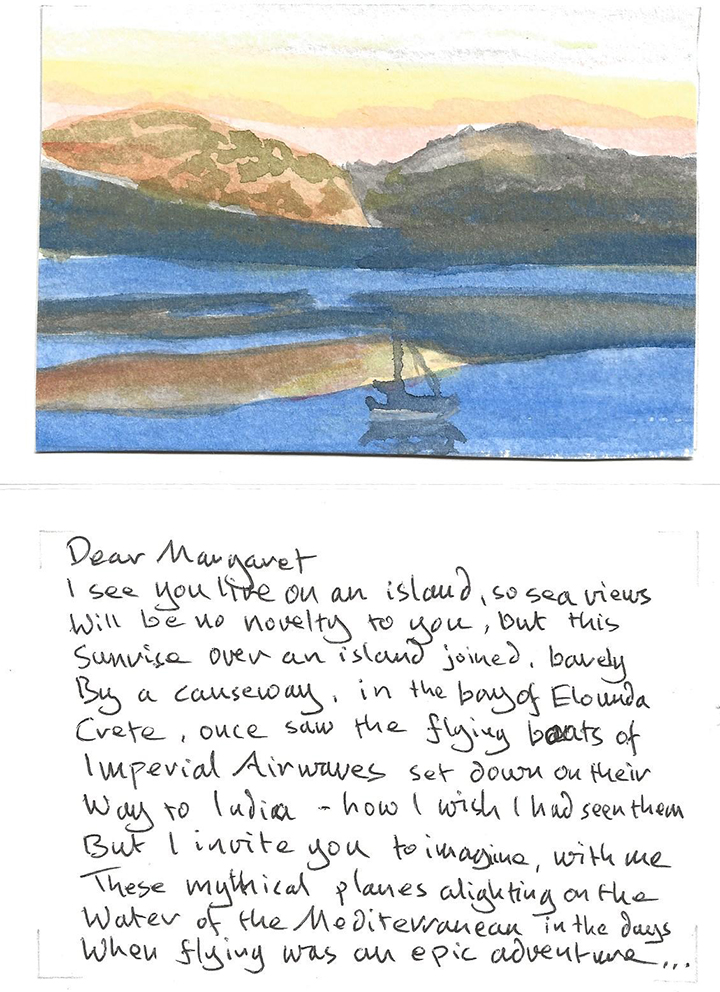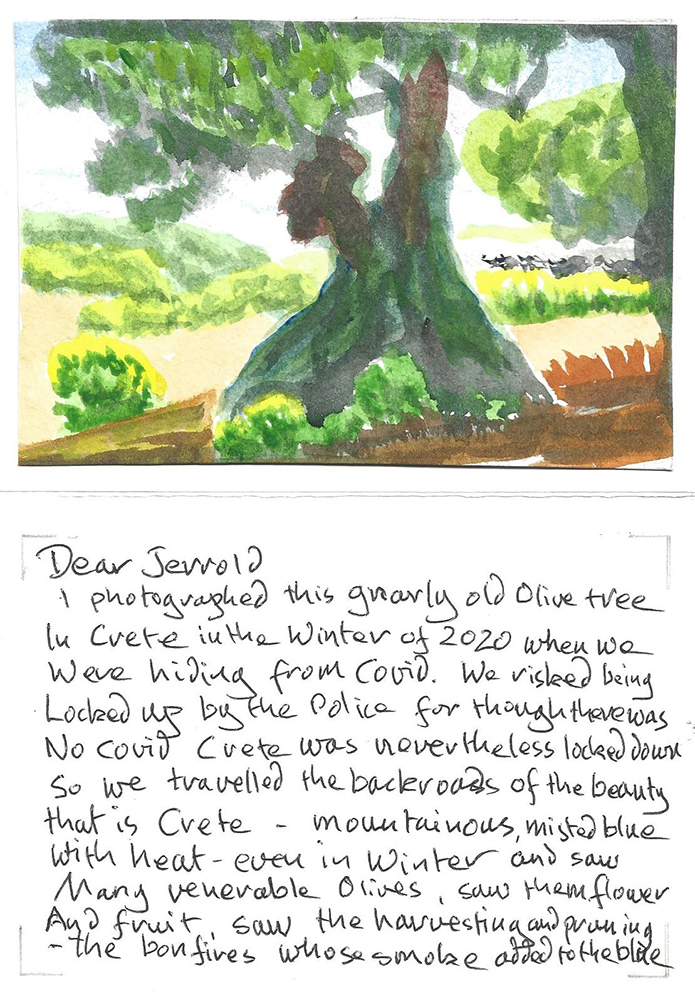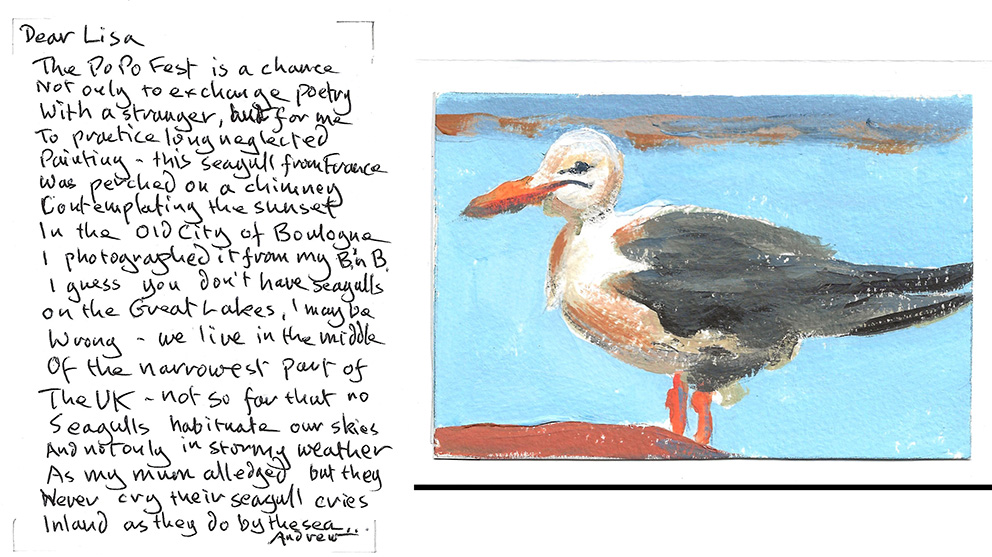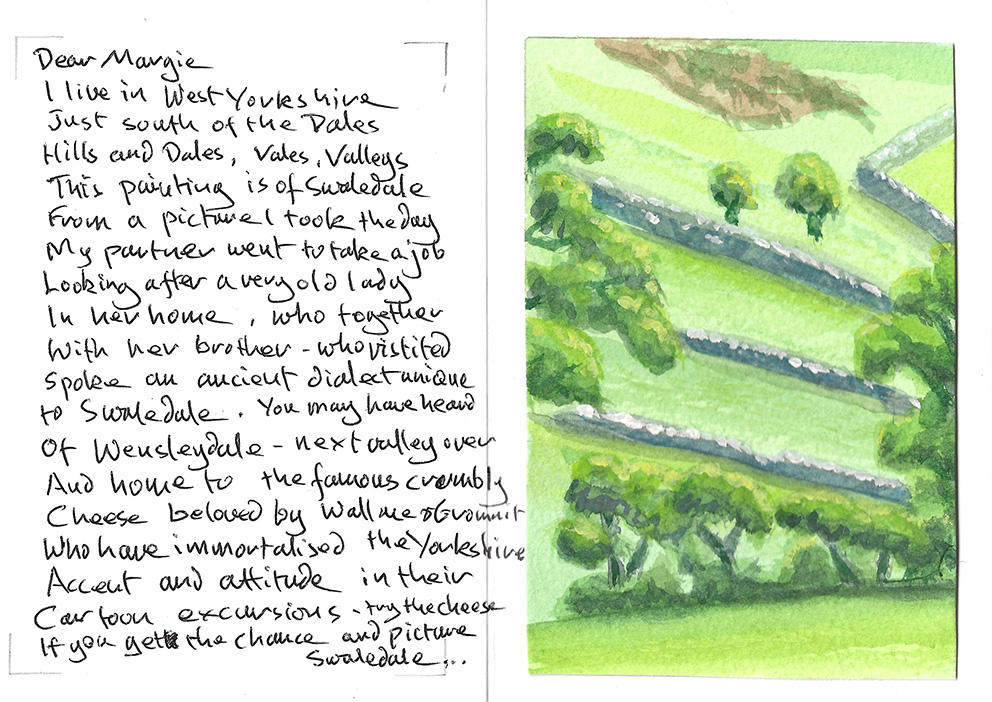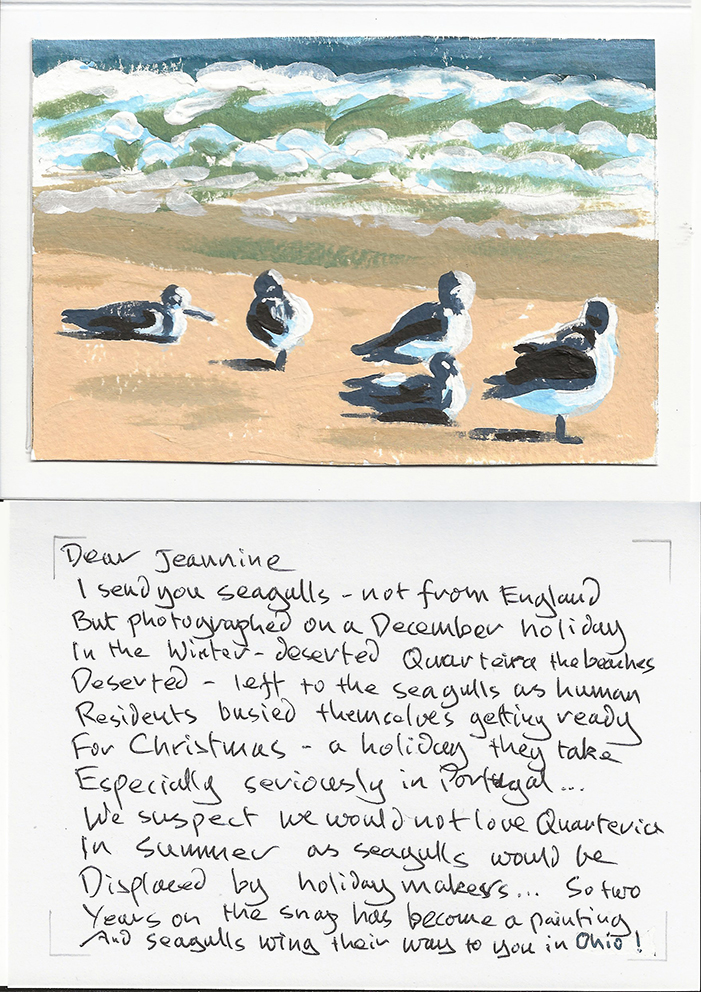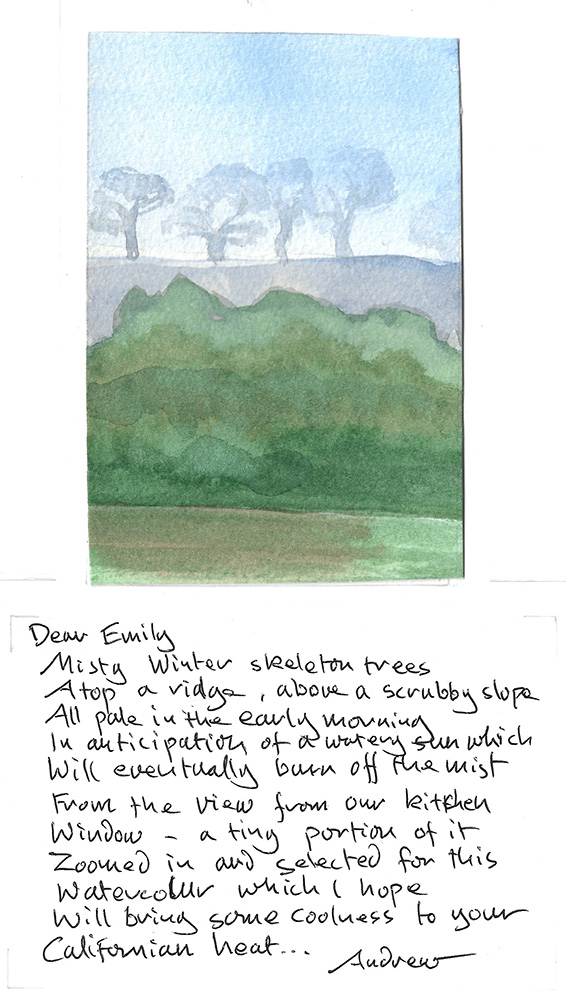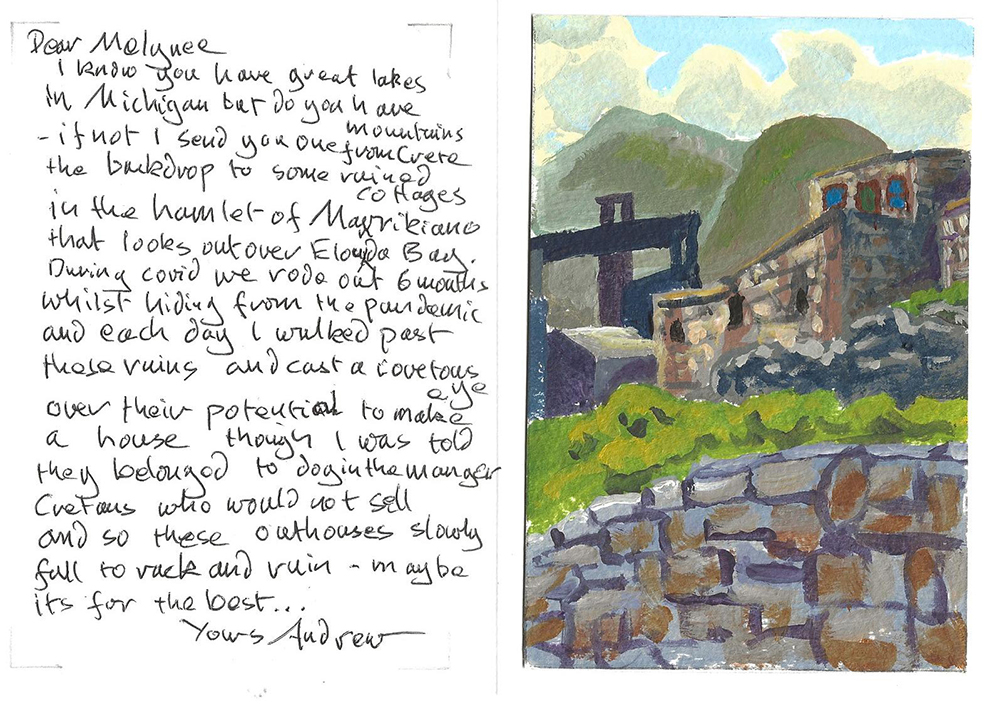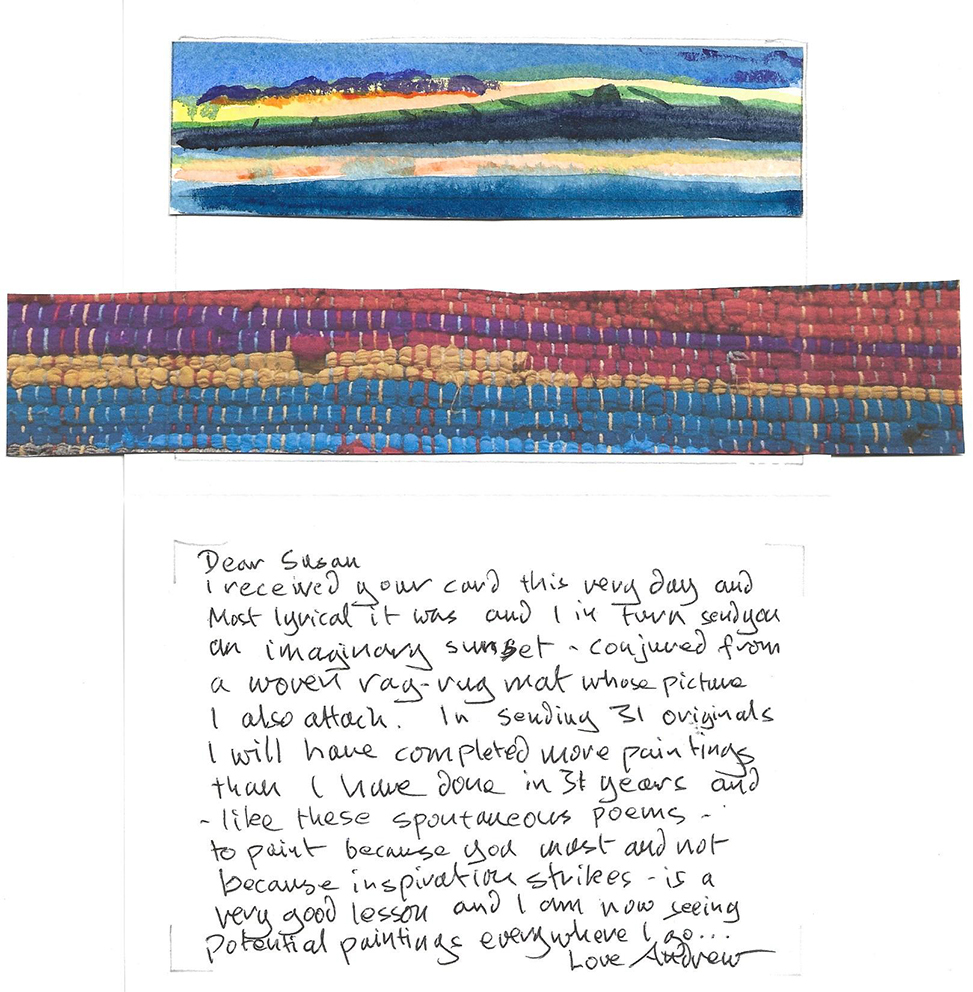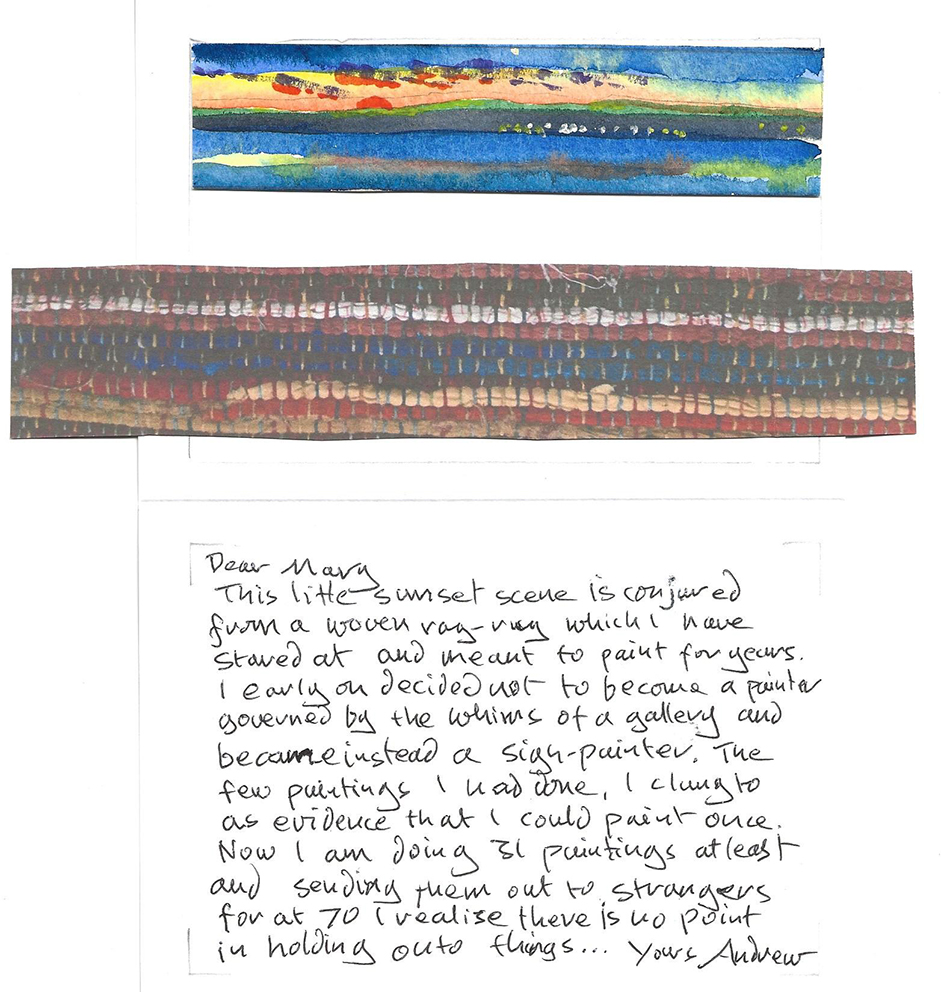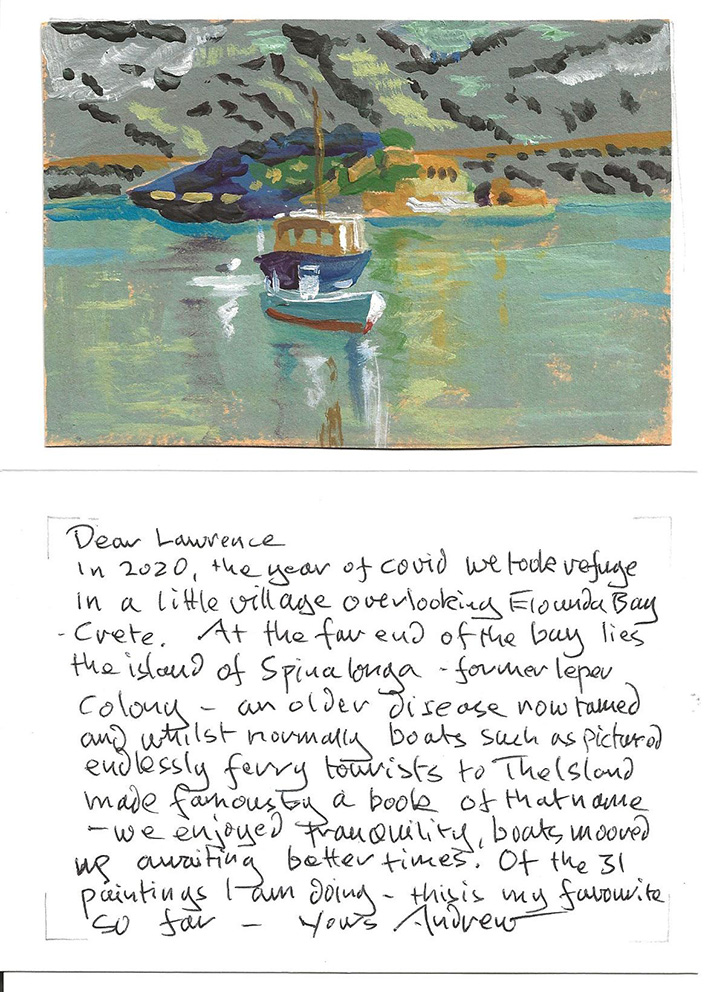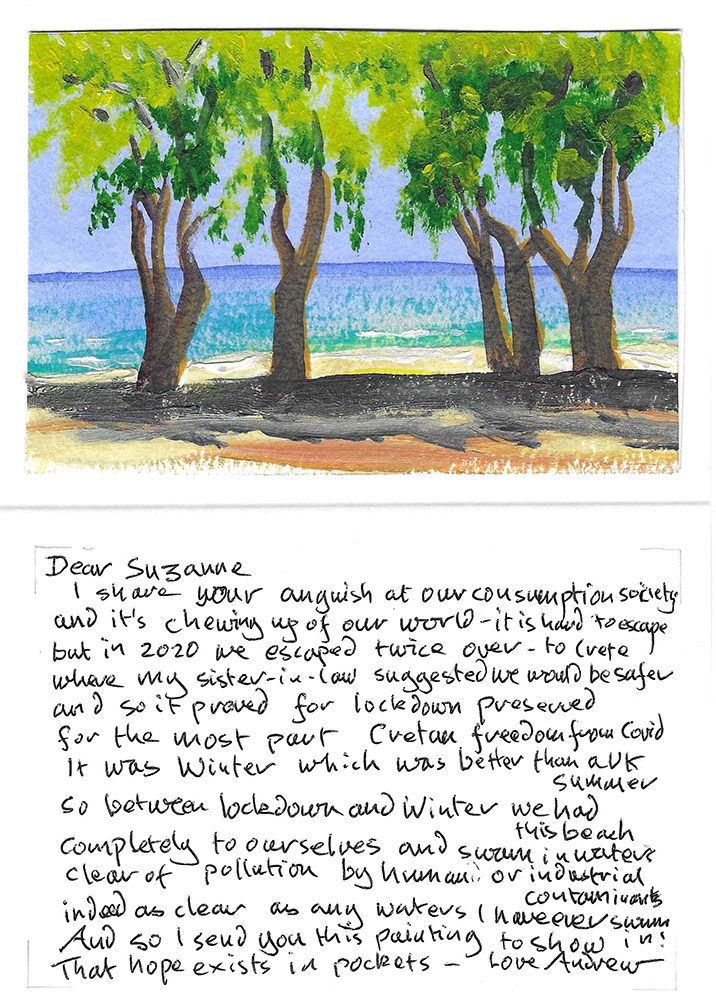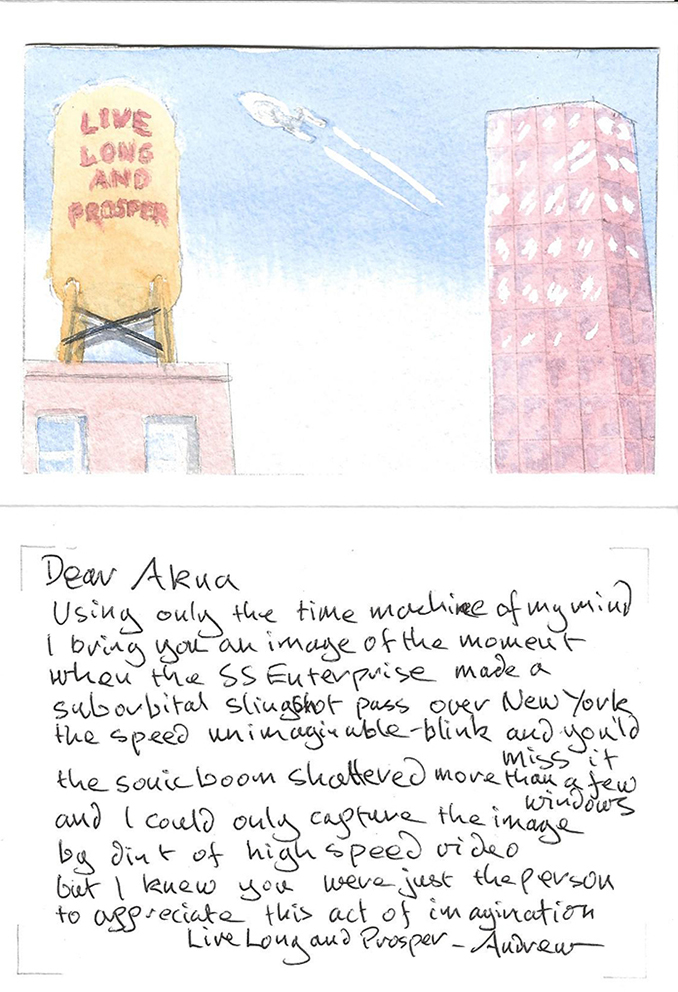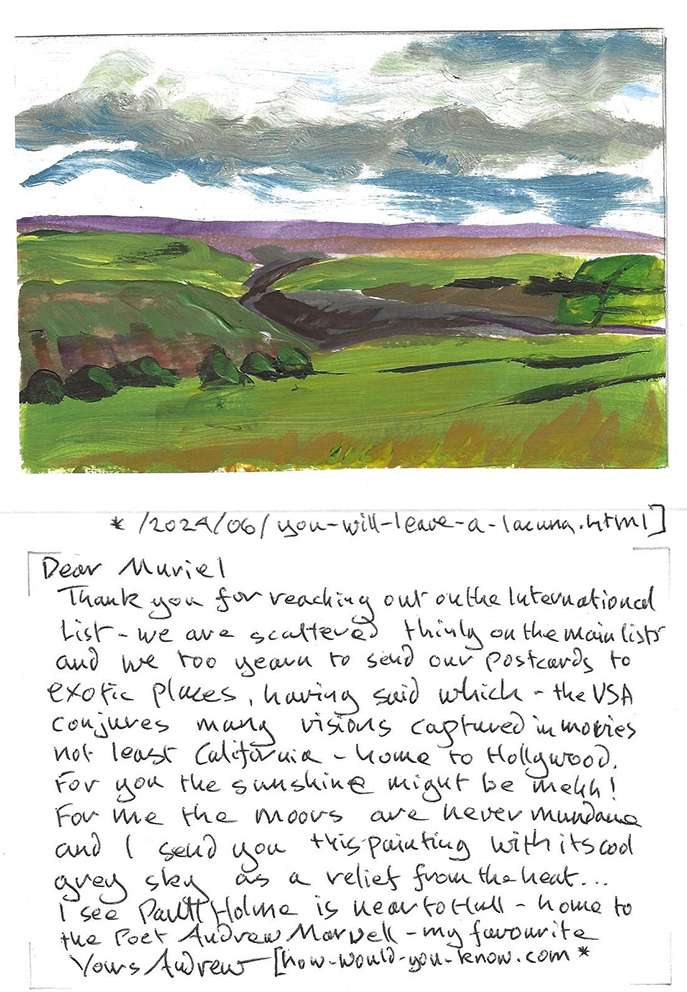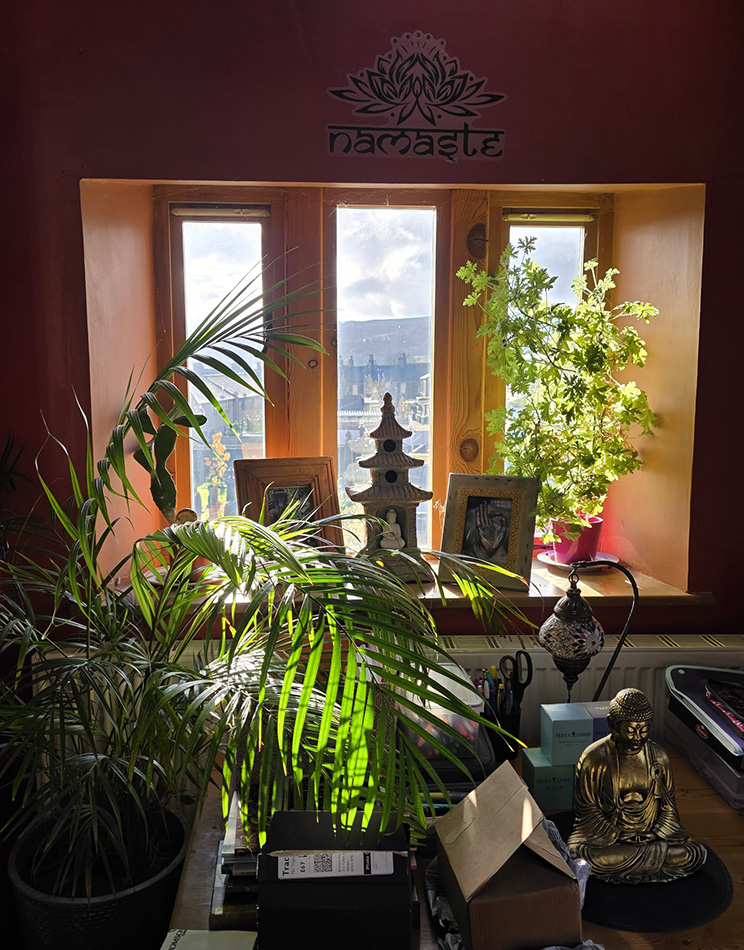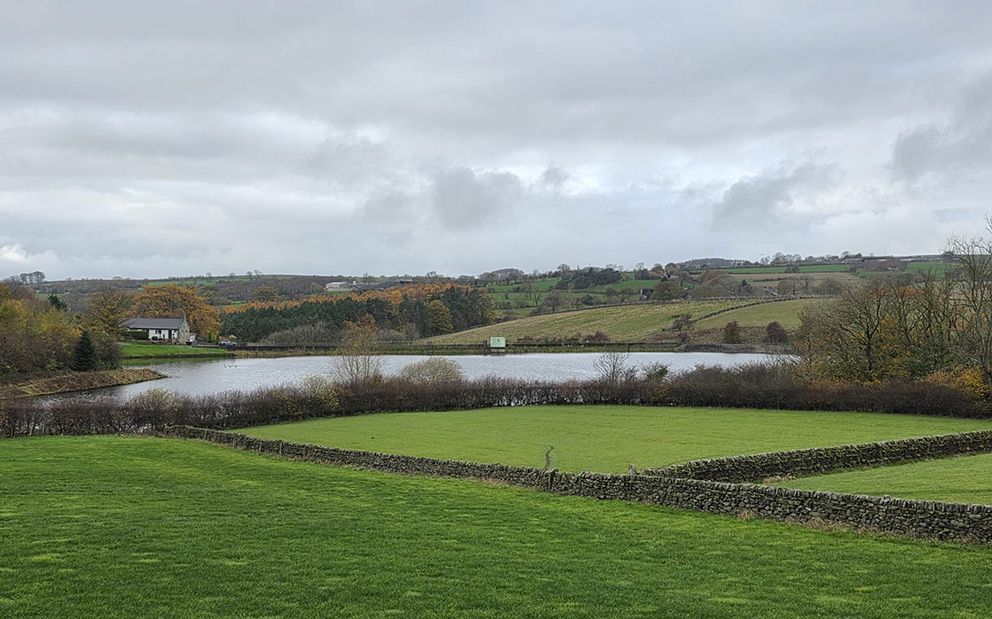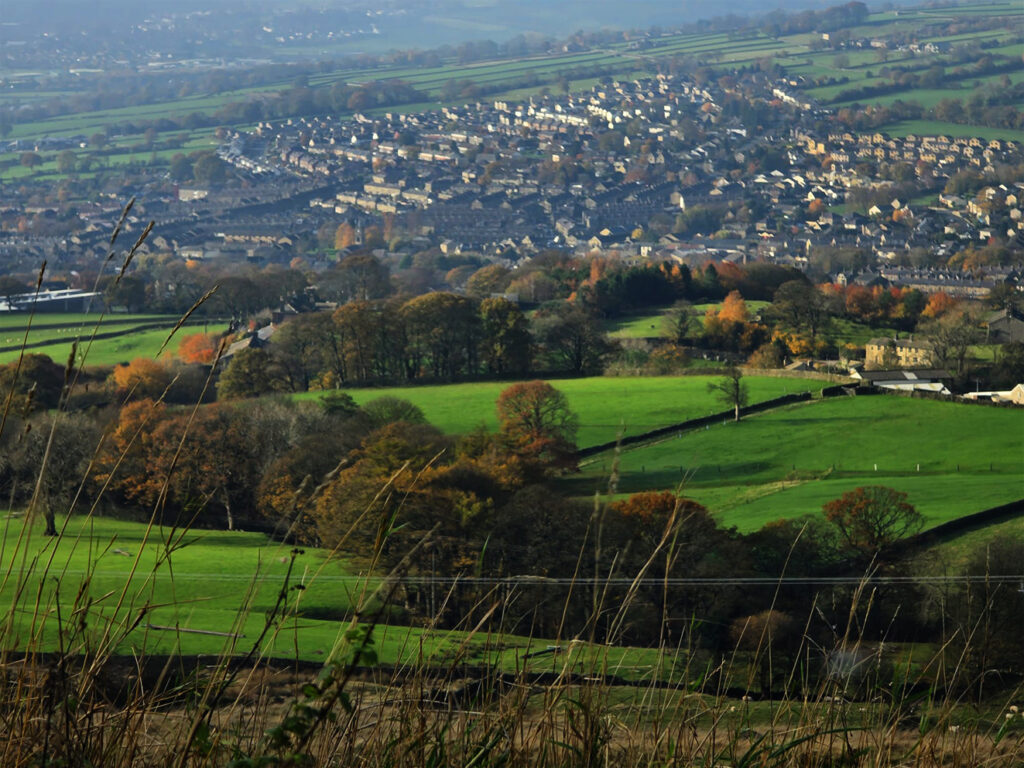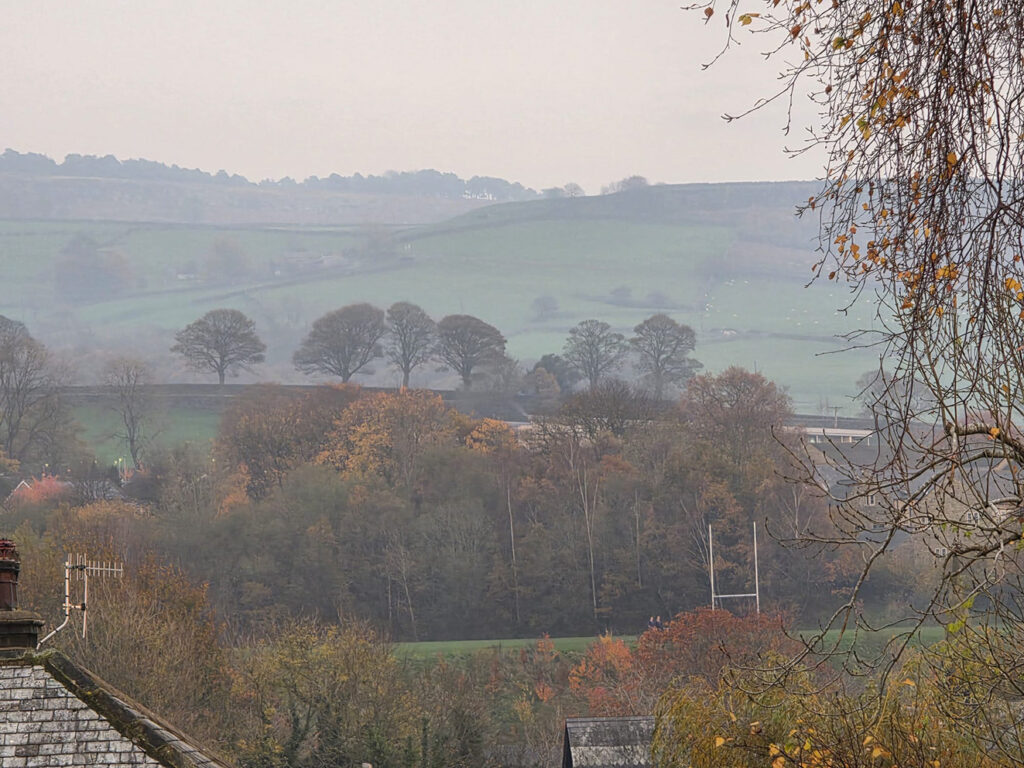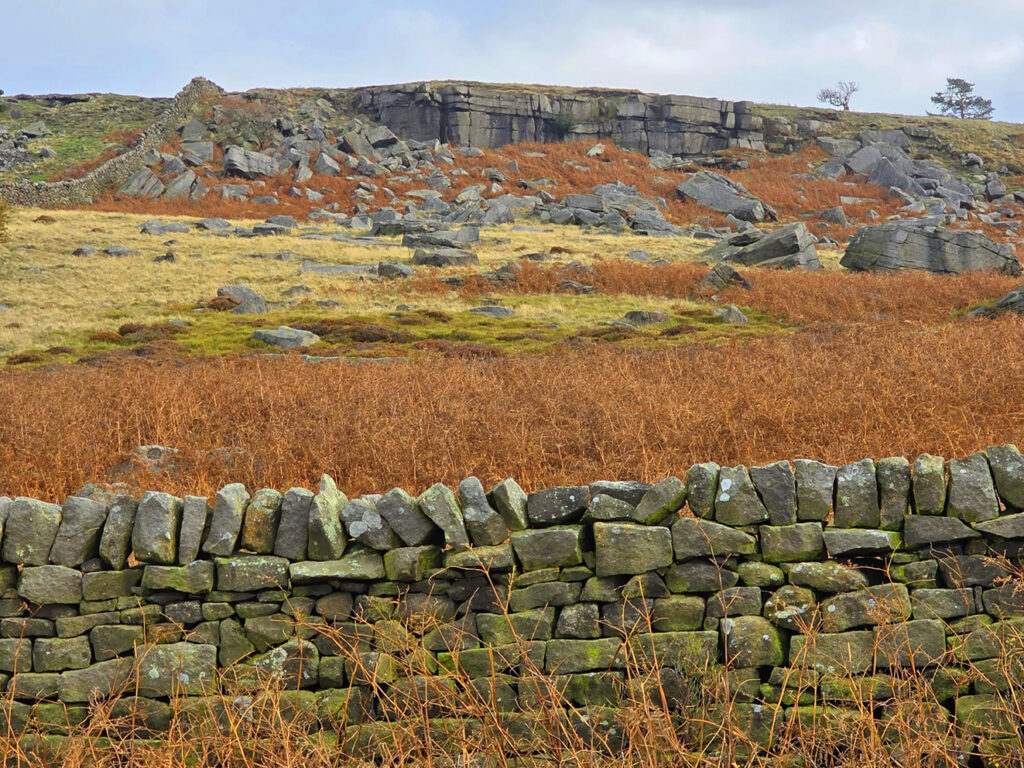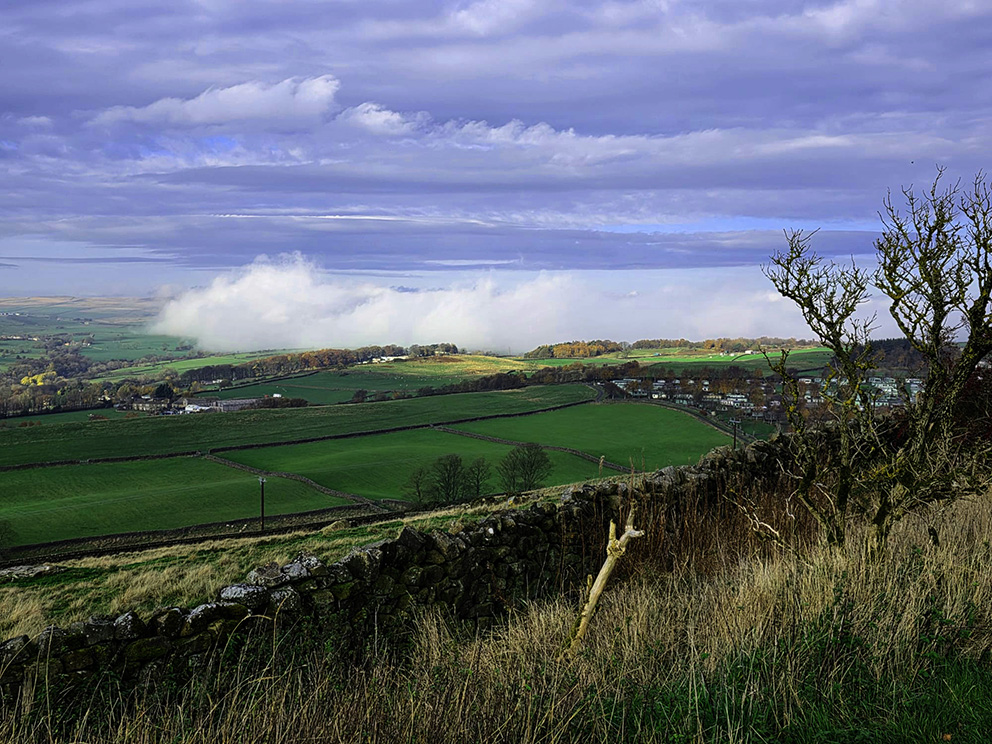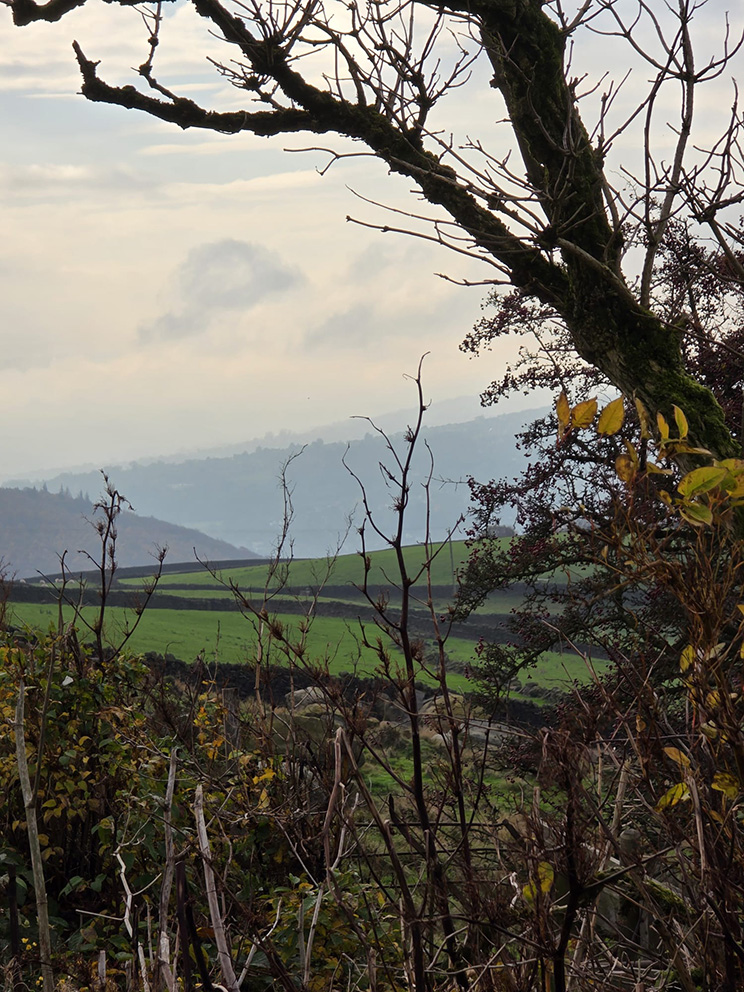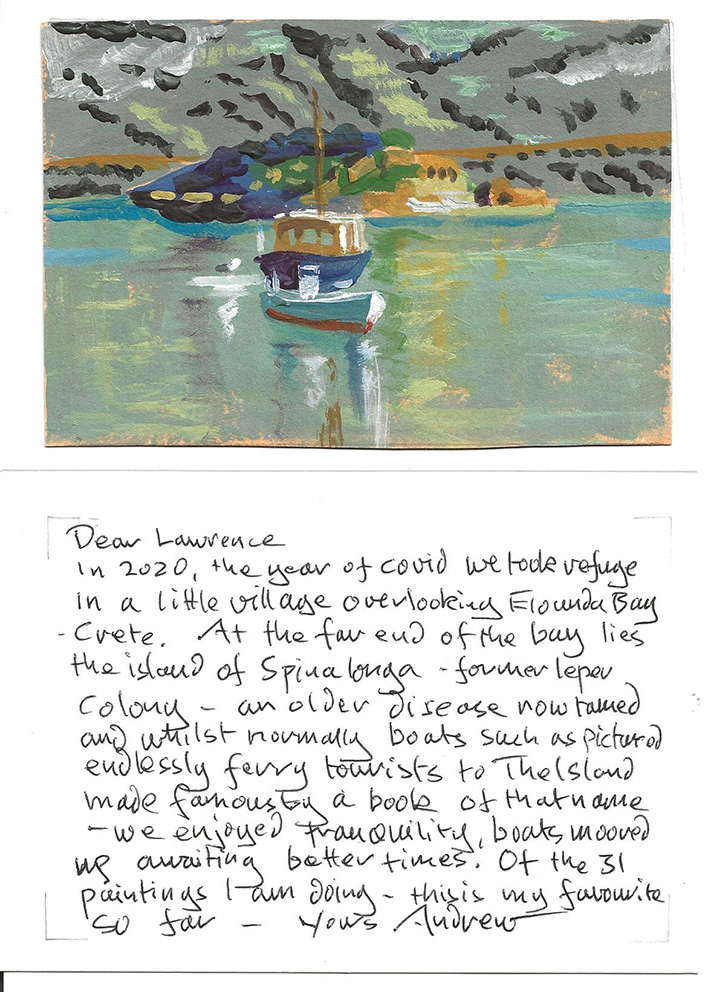Poetry Postcard Festival 2025 Received Postcard Cento
I: Destruction
People are waking in the night
hearts racing, blood pounding
dreams, fantasies, deceptions, escape
The future is – unexplainable
I try not to disturb them
when I slowly reach my hand toward
the culture that informed my values…
Cruel and crude, greedy old man
— shouting, destroying
the Bad King who demands from him,
the Good Kingdom
his world has become much smaller
a pretty close second
Puppets! Who is pulling the strings?
Like my heart, they did not weep
another missed connection, warped, failed
shouting colour into gray
streets where no one listens
the beauty of the Badlands
We know so little – despite knowing so much
Consumption society has chewed up
spit out this vast and beautiful continent.
transported in cardboard boxes
to lockers at Hub Food
discouraged now as our progress is torn down,
a government being dismantled
thinking then it can’t happen here. But it does
I’m not sure there is enough of me today
bobbing movement of nature
you are missed daily
somewhere unknown,
another world away;
it was there
….no more
what if I told you
still, I hope for forgiveness…
the suggestion of brokenness
the promise of wholeness
we are all a part of everything
– I can’t help hoping
II: Redemption
if humans could fly,
would we ever walk?
around my imagination
whatever you want’s okay!
I close my eyes
and breathe in fireweed
your magic encapsulates me
waiting for the perfect day
that clear blue sky
is here year round
stairway to heaven
sun drops sparkle air
to reach, always, for the light
someone is thinking of me
remembering gratitude’s
call to learn what
was above and
below
today’s sun reluctantly begins
to set…
Poets and lines:-
Penelope Moffet 1-2, Jerrold Narland 3, Kerfe Roig 4, Susan Montgomery 5-6, Lawrence Pevec 7, Nancy R. Parr 8-9, Emily Bernhardt 10-11, Anon. 12, Grant Swados 13, Margie Ripperger 14, Anon. 15, Akua Lezli Hope 16, Jeannine Jordan 17-18, , Mary Mueller 19, Cassandra Bissel 20, Suzanne Harris 21-22, Karen Keltz 23-24, Ruth Vanklstine 25-26, Laura Gamache 27, Anon. 28, Lulu 29, Dava Wharton 30, Margaret Roncone 31-32, Rebecca 33-34, Muriel Karrr 35, Lisa Humphrey 36, Anon. 37-38, Nitya Prema 39, Karen Loeb 40, Amy Leonard 41-42, Donita Ries 43, Sandra Gadjewski 44, Diana Kolpak 45-46, Margaret Hill-Daniels 47, Cathy Wetter 48, Mary Skeen 49-50, Lynn Caldwell 51, Susan Vespoli 52, Julie Naslund 53, Angela Marie Ebba 54, Lula 55, P. O’Neill 56-58,Pence 59.
Over at dVerse Poets Pub, Björn Rudberg (brudberg) in OpenLinkNight invites us to submit a poem of our choice…
This cento poem takes lines from all the postcard poems I received during the July-August Poetry Postcard Festival (POPoFest) run by Cascadia Poetics LAB out of Seattle, USA. Most of the participants are American but it seems that many want to send a postcard to poets elsewhere and so all the no-US poets are sent out on a separate list – so that I, as a UK resident, was lucky enough to receive 24 from my Group 4 list and 19 “bonus ” cards from the International list.
Taking a line from each, two poems emerged, which I have chosen to present as Parts 1 & 2 since the bleakness of the first needs amelioration by the optimism of the second…
Serendipitously, Björn’s optional prompt on this occasion was the writing of letters and the idea of the POPoFest, is to write Epistolary poems to the recipient that reference the image on the postcard, to write spontaneously without editing. I chose to reclaim my painting skills this year and sent 31 original paintings out, one of which is shown below…































